My first month – learning about pollinators
,
I’m a new member of the Living Landscape team, thanks to Community Job Scotland, and have been doing research on pollinators in Edinburgh in support of a project called The Pollinator Pledge. I discovered some really interesting and surprising things and would like to share them with you here.
Being a bit of a bug-ophobe myself, I never really gave much attention to insects (memories of screaming and whining at my mum to get rid of the wasp in my room come to mind), but after discovering how vitally important they are, I have newfound respect for them. Without pollinators, there would be no flowers, fruit & veg, coffee or even chocolate- I don’t know about you, but I definitely could not bare living without those last two. In fact, three-fourths of the world’s flowering plants and approximately 35% of the world’s food crops depend on animal pollinators for fertilisation.
It’s estimated that one out of every three mouthfuls of our food depends on pollinators, providing a service valued up to a staggering £440 million per year. If you’re slightly terrified of bees or any other insects like me, I’m sure your fear will be transformed into sheer admiration after you’ve learned a little bit about them. And you may even be inspired to support and protect them*.
Pollination is as easy as an insect or other animal moving from flower to flower in search of sweet nectar. In the process, pollen from the male anther collects on their bodies and rubs off on the female stigma (found in the centre) of other flowers that they visit. This fertilises the flower and the plant then grows seeds. Pollinators come in many different forms.
There are many thousands of animal pollinators. The majority of pollination is carried out by invertebrates, insects such as bees, butterflies, wasps, flies and beetles. This is also achieved by vertebrates like birds e.g. hummingbirds, and bats, but more surprisingly in other parts of the world, primates like lemurs and even some rodents like possums play a part in fertilising plants. I was pretty astonished to discover that even reptiles like the gecko lizard are included in this list. This made me wonder about the pollinators in Edinburgh. Here are some of the top species that can easily be spotted in and around our beautiful capital. The next time you are outside, try and see if you can spot any of these insects, and please feel free to send us any photos of your findings.
My top 5 pollinators in Edinburgh
The Common Carder Bee: This is the only common bumblebee to have a completely ginger thorax (part nearest the head) and also has a fairly long tongue, which makes me think of the lead singer in KISS. A bee with the head of Gene Simmons is a rather terrifying prospect.
How to identify: Dark gingery-brown all over and sometimes displays darker bands on the abdomen.
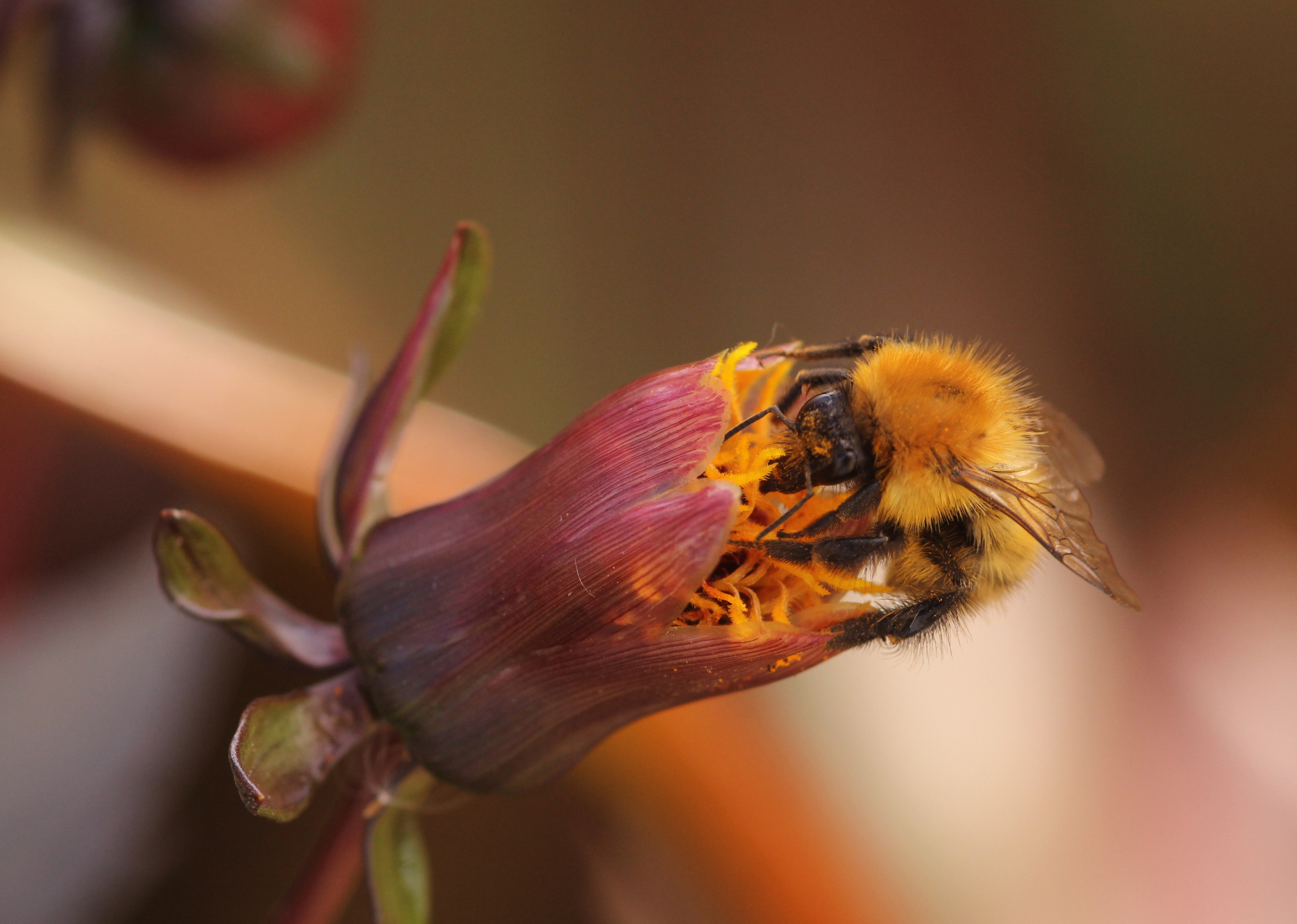
The Red Admiral butterfly: They may seem delicate but are actually strong and fast flyers which migrate from North Africa to Europe, and can be seen well into December to February when almost all other species of butterfly are unlikely to be seen.
How to identify: Brown-black wings with red bands and white spots near tips of forewings.
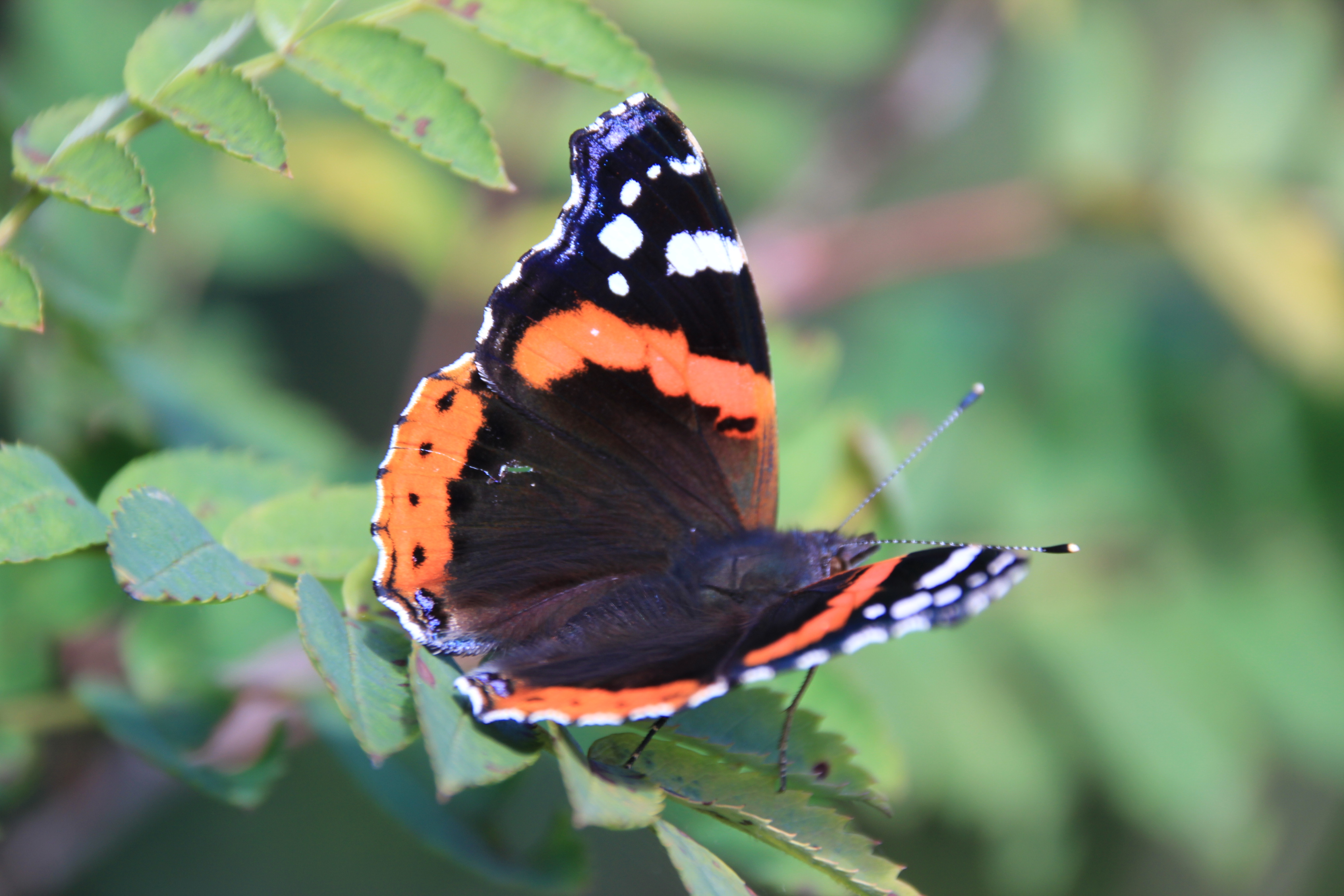
The Small Tortoiseshell butterfly: These species of butterfly have an extra sensory organ in their antennae called Johnston’s organ which help them to detect certain wind speeds which they can only start migration on.
How to identify: Similar to the painted lady but distinguished by blue dots around the wing edges. Bright orange and black wings with white spots on forewings.
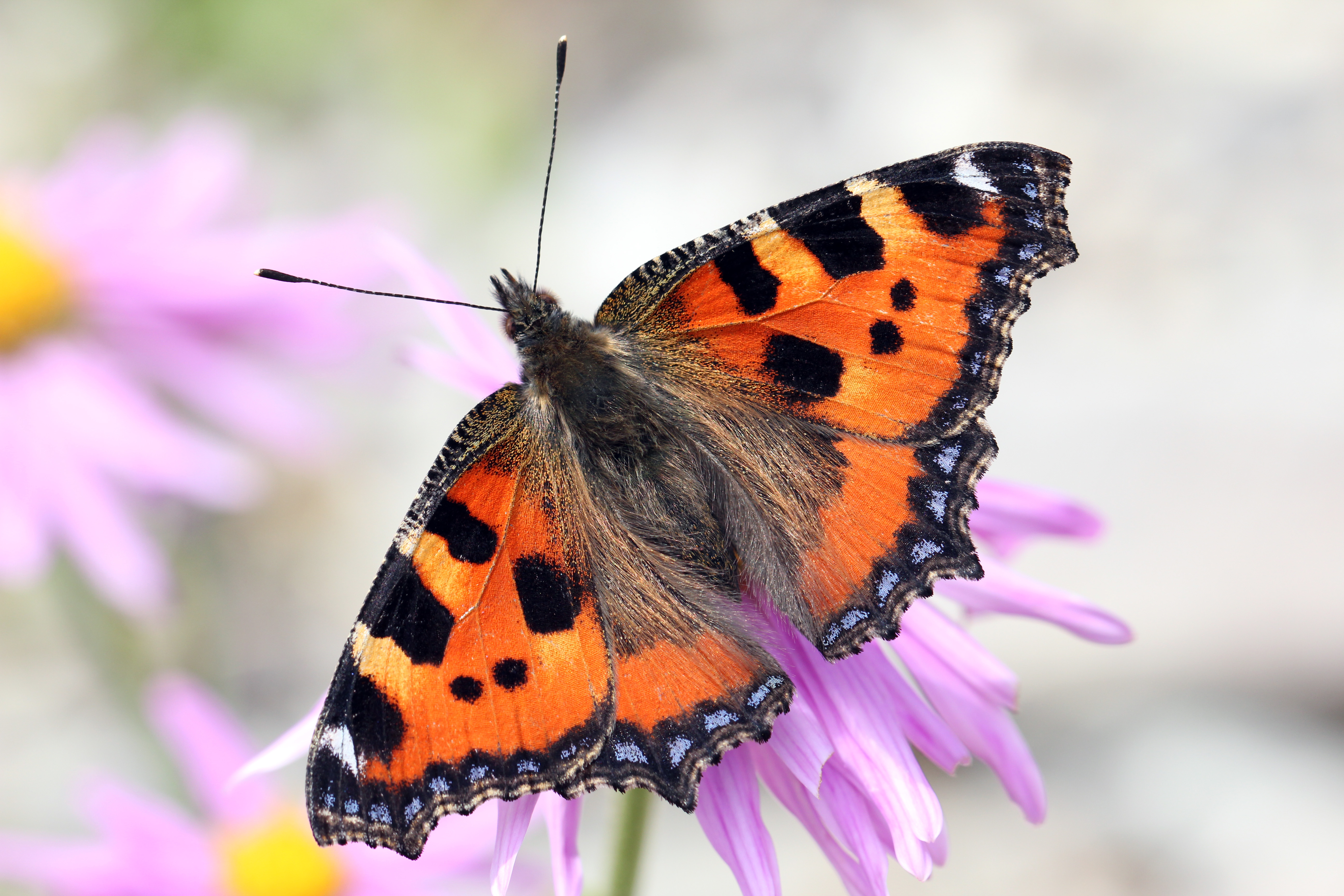
White-tailed bumblebee: These bumblebees are the bandits of the bee world. Compared to other species, these have shorther tongues which allows them to rob nectar. The worker bee uses the horny sheath around it’s tongue to make a hole through the flower, reaching the nectar without entering the flower. So it does not come into contact with the pollen while getting nectar.
How to identify: Similar to the buff-tailed but has a white tail and the yellow stripes are paler.
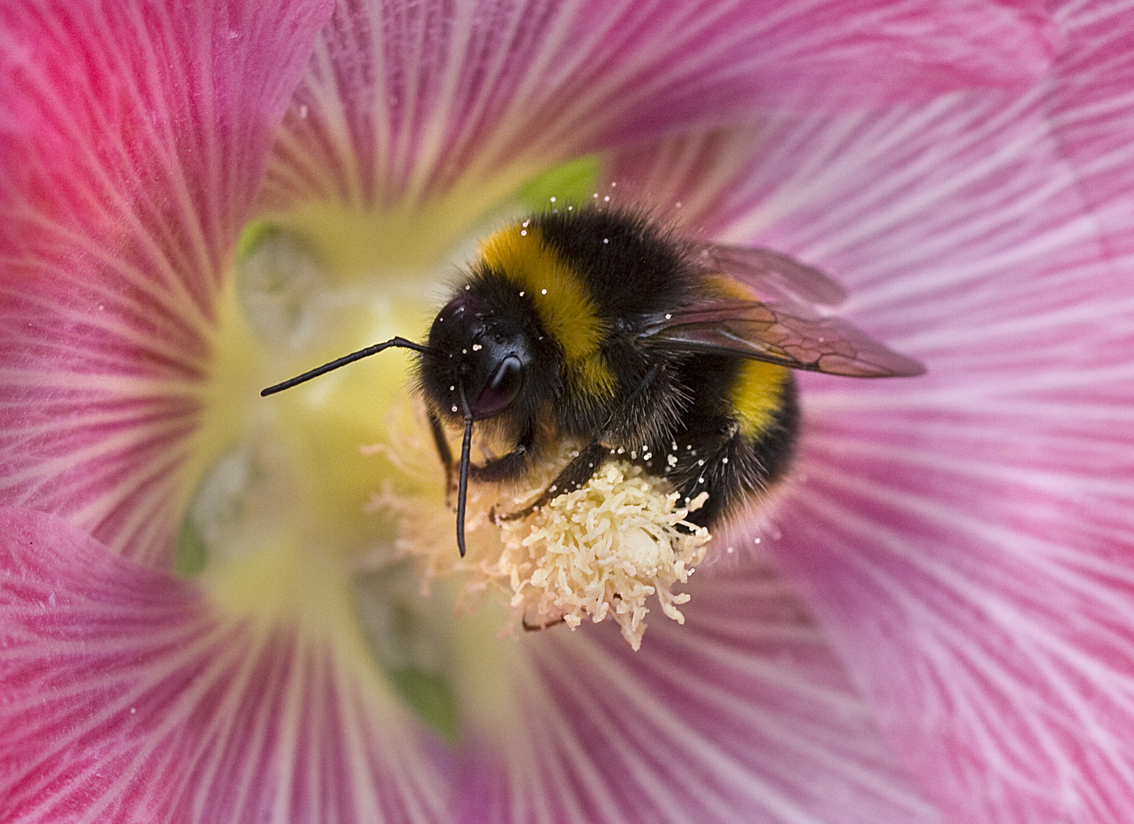
Buff-tailed bumblebee: The UKs largest bumblebee species which nest underground, usually using empty mouse nests, and unlike many bumblebee species, the male’s facial hair is black as opposed to yellow.
How to identify: One of the biggest with two golden yellow stripes and a brownish tail.
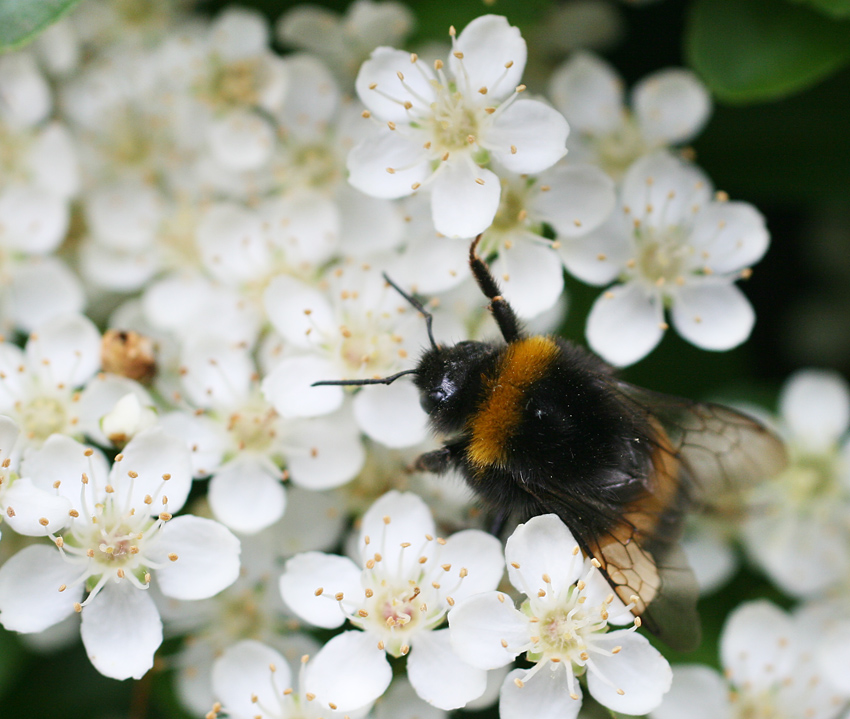
I hope you’ve enjoyed reading this and I encourage you to go outside and try to spot some of these wonderful creatures, and please post any of your finds on https://www.facebook.com/EdinburghLivingLandscape. Go ahead and create your own buzz!
This blog post was created in support of our Living Landscape project called The Pollinator Pledge, a project with the aim of creating a network of people and habitats that are supporting pollinators across the city. Please join us by putting your garden on the map at https://edinburghlivinglandscape.org.uk/pollinatorpledge/ A massive thank you!

